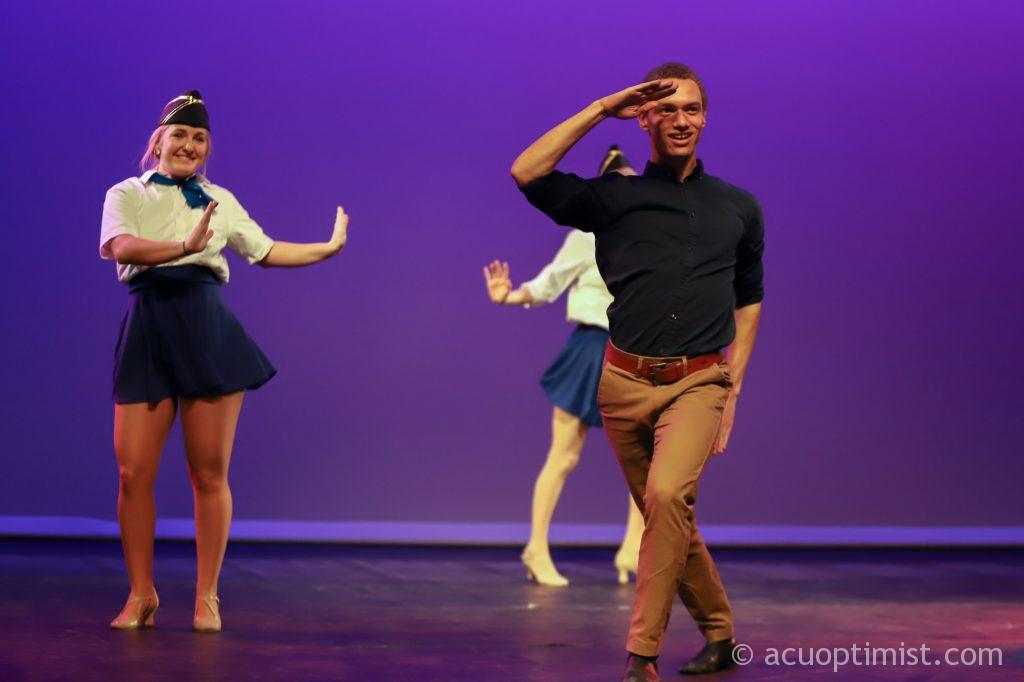Sporting events are some of the most attended and watched spectacles in the United States.
According to Fortune.com, the amount of viewers for Super Bowl LIII reached 103.4 million, even if ratings decreased since the last year’s super bowl.
The market for sports is one of the biggest industries around the world. Each year we get a new installment of Madden or NBA 2K video games, gear from the hottest teams and servers crash as millions of viewers try to bypass pay-per-view in order to watch the next “fight of the century.”
Likewise, students on campus rally around athletics. Football attendance is at a record high, and the men’s and women’s basketball teams were recognized nationally for their first appearances in March Madness.
So, why don’t the fine arts receive the same level of praise as athletics?
When I attend a football game, I’m excited just like everyone else. However, my emotions at the end are dependent on the team’s performance.
Whether it’s a symphony, an ensemble, a soloist or a theatrical performance, I am blown away by the performance that was laid out.
Both athletics and fine arts require constant practice and improvement of the player or the performer. While athletes train and repeat plays, musicians and theatrical actors are doing the same thing.
Nonetheless, athletics still manage to achieve hot topic status while the arts stick to the back and get attendance and recognition from mostly former performers or critics. Many times at school, it’s the parents who attend.
Even though the work done by performers and musicians on campus is comparable to professional work, it’s almost forgotten about, overshadowed by a game that is scheduled for the same day.
Everyone in both these departments have worked hard to get the university where it is today, said Kellum Harris, junior music education major from Stephenville, but not everyone sees that.
“ACU’s athletic teams are now Div. I, which makes this a Div. I school. I feel that the skill set that the students have in fine arts are D1 as well, so I believe the recognition we get should match that of athletics,” Harris said.
It is also obvious where priorities on campus lie in regard to both departments.
Wildcat Stadium is a nicer facility than Shotwell Stadium, and is more convenient, being on campus, for students to attend any home games.
With a new field for a new team, this would usually be a motivating element for any sports organization. As a result, this was motivating enough for the football team to go 2-7 its inaugural year.
Some fine arts students feel this shift in budget is not against the department, but feel that they were not prioritized because of how recognized they were.
Alanna Curley, music education major from Flower Mound, said attendance for orchestra concerts is usually lacking relative to sporting events.
“While football games and basketball games get advertised all around campus, the only thing in fine arts that comes close is the homecoming musical.”
Decreased advertising for performances or plays is recognized in the budget, which means even less advertisement; this is a never-ending cycle.
It takes a tremendous amount of talent to be an all-star athlete or a musical prodigy. It is time to recognize that there is just as much talent being displayed on a stage as on a field, if not more.

Tré Mcleod, junior musical theater and accounting major, and Kasey Birchfield, junior musical theater and business major, pose during “Jet Set.” (Photo by Lexi Walter)


